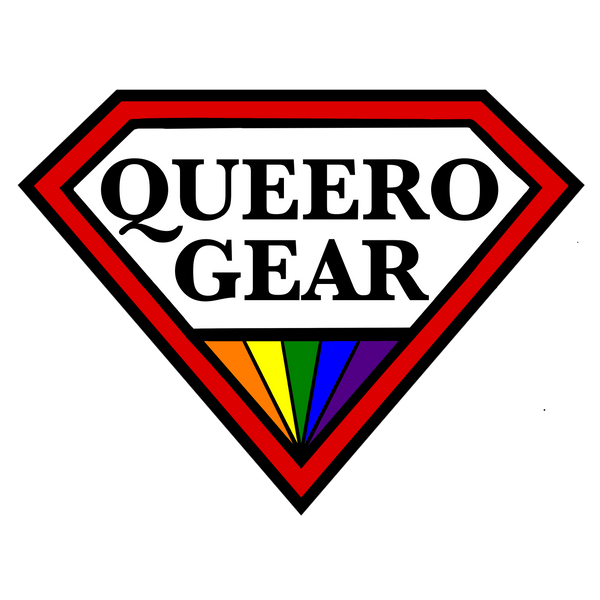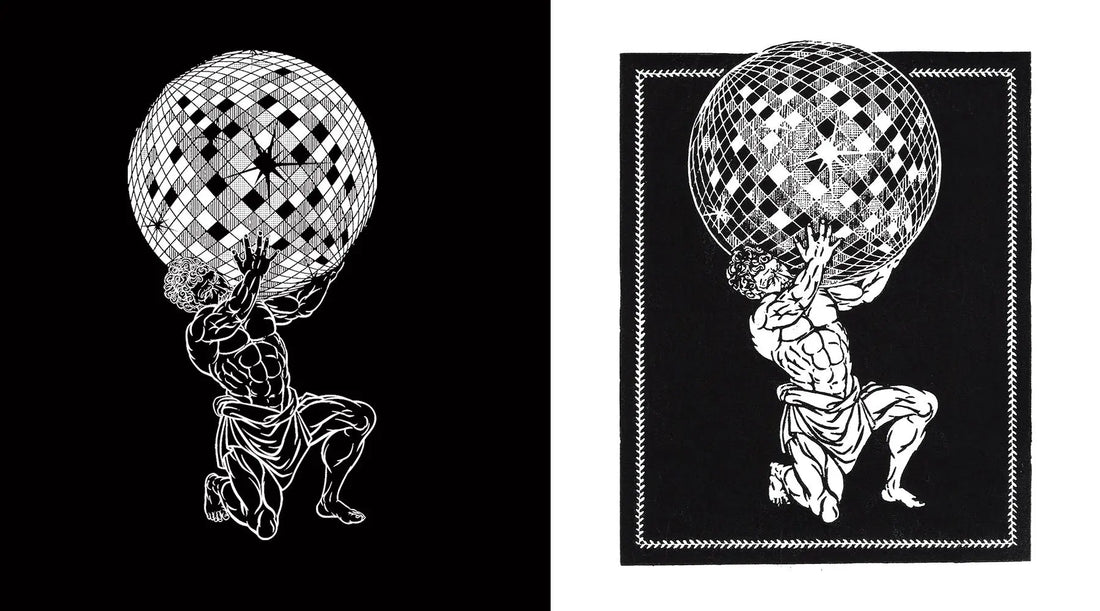As artists, we have access to a diverse range of tools and mediums to bring our creations to life. Over the last 6-8 months, we've witnessed significant advancements in AI (artificial intelligence) technology and digital tools like Apple's iPads continue to get better and better. With this ever-evolving technological landscape and it’s impacts on the future of art-making, it can be a struggle to determine which path best your creative pursuits: digital or traditional art?And as an art enthusiast, you may be curious about what kinds of art are worth your support, money, and attention.
Fear not, my creative friends! In this article, I'll share some of my perspectives on the advantages and disadvantages of both digital and traditional art, examining some of the unique aspects and benefits that each approach offers. Whether you're new to the scene or already an art aficionado, grab a coffee, sit back, and let's dive in!
Digital Art: Embracing Flexibility and Accessibility
Over the past few decades, digital art has skyrocketed in popularity, owing much to the advent of technology. Digital artists rely on computers, tablets, and other digital devices, and the possibilities are virtually limitless.
One of the most significant benefits of digital art is its versatility. Artists can experiment with various styles, colors, and techniques without fretting over mistakes or depleting materials. Moreover, digital art can be easily shared and displayed online, reaching a global audience.
For me, a new canvas in ProCreate with an 'undo' option is far less daunting than versatile options, as this flexibility allowed me to overcome my perfectionism and experiment more freely

Another advantage of digital art is its cost-effectiveness. No need to invest in pricey supplies, as digital tools are often more affordable than traditional art materials if you already have an iPad or Adobe software bundle. Plus, digital artists can work from anywhere, eliminating concerns about establishing a studio or making your home space messy with inks, brushes or brayers and other tools & supplies. While an iPad is a considerable upfront cost, many digital art software options, such as ProCreate, are affordable and user-friendly.
In recent years, artificial intelligence has entered the art world, with AI-generated art gaining popularity (particularly on social media platforms like Instagram and TikTok). This new technology has ushered in a landslide fear, uncertainty, and doubt about the future career stability of those working in animation, illustration, and graphic design (not to mention the dubious ethics surrounding stable diffusion and crediting source materials). Regardless of your opinion on the matter, AI technology will undoubtedly have a significant impact on the future of art and art making. Will AI eventually replace human artists? Will it lead to the homogenization of art styles and techniques? How does AI learn human aesthetic preferences, and do artists whose work is sampled receive credit for their contribution?
These pressing questions will likely be addressed as AI continues to progress and evolve. Human artists will always infuse their unique perspectives and emotions into their work, and AI, if approached cautiously and with in-depth discussion of ethical considerations, might present new and exciting creative possibilities.
Traditional Art: Timeless Creations You Can Really Feel
Traditional art, conversely, has proven its staying power. Ranging from oil paintings to watercolours to printmaking, traditional artists can choose from a wide array of mediums and draw inspiration from a rich history.

One of the most significant advantages of traditional art is its tangibility. Created with physical materials, traditional art often displays the artist's touch, technique, and process in the final piece. This tangible quality imparts a richness and depth to traditional art that digital art sometimes lacks.
Traditional art is also highly valued by art collectors and investors. Well-crafted oil paintings or watercolours can command high prices at auction, and many traditional artists are in high demand for their unique styles and techniques.
However, traditional art can be time-consuming and challenging (of course!). Artists must master various techniques and materials and possess a solid understanding of colour theory and composition. Additionally, traditional art is often more costly to create, as artists must purchase materials and supplies - and trust me…the costs run up VERY quickly.
As AI-generated art has entered the scene, I’ve been left wondering if we might see a resurgence in the value of traditional art making techniques. With the increasing prevalence of digital art, traditional techniques and materials may become even more sought-after for their uniqueness and the human touch they bring to the creative process. Additionally, AI-generated art may facilitate a greater appreciation for the skill and mastery involved in traditional art forms, as it accentuates the differences between human and machine-created art.

Whether you're creating images through digital means or using traditional techniques like linocut, it's important to remember that the medium you choose can convey as much about your views on the world as the images themselves. So choose your medium carefully and ensure it reflects the values and ideas that are important to you.
The Bottom Line
So, what's the verdict? Which is better: digital or traditional art? The answer, of course, is that it depends on your personal preference and what you're looking for in an art piece or in the art-making process itself.
For artists, the choice between digital and traditional art often comes down to personal preference, style, and technique. Digital artists will appreciate the versatility and accessibility of digital tools, while traditional artists will admire the tangibility and timeless beauty of traditional art.
Both digital and traditional art offer their own unique values and benefits to artists and art enthusiasts alike. Whether you prefer the instant gratification and versatility of digital art, or the tactile and sensory experience of traditional art, the important thing is to find the medium that resonates with you and allows you to express yourself in the way you desire. For myself, I continue to combine the versatility of digital art in creating my designs and then transfer these designs onto linocut to challenge myself and produce original handmade pieces in all their beautiful imperfection.
Ultimately, it's not about choosing one over the other, but rather understanding how each medium can enhance your artistic journey and personal expression. Embrace the possibilities that both digital and traditional art offer, and let your creativity flourish without boundaries. Happy creating!

